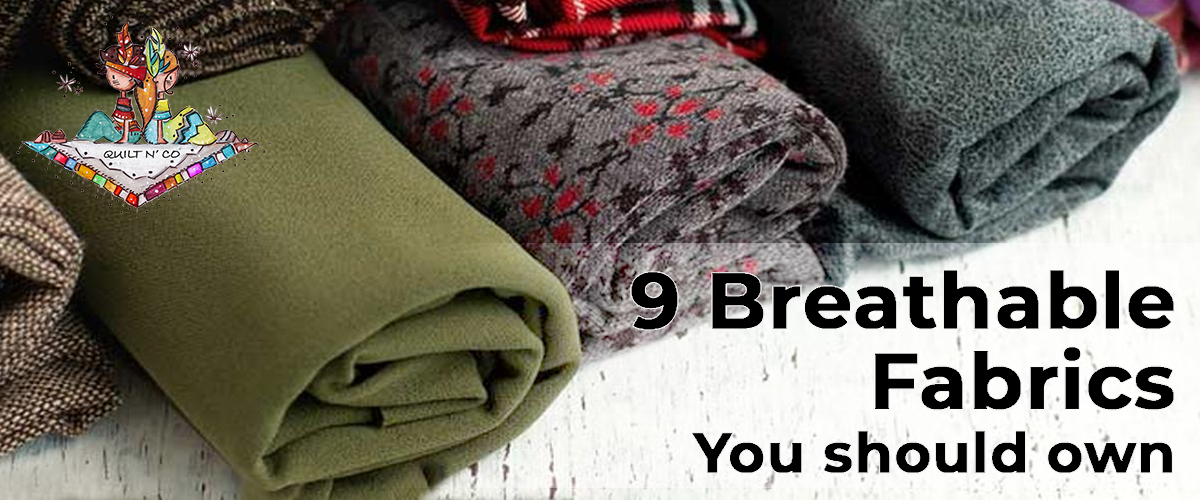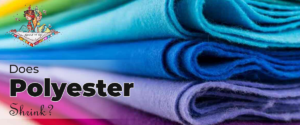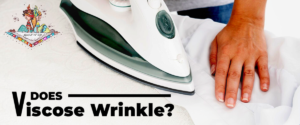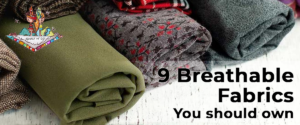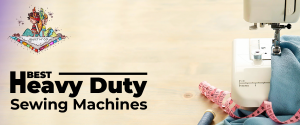Maybe you’re in a cold area and want to wear breathable fabrics to keep you warm and dry. Or perhaps you want to lounge in the summer heat but are worried that your armpit areas may drench with sweat.
I hear you. Lightweight, breathable fabrics are a great help if you want to stay dry and comfortable. But which breathable fabrics should you use?
In this post, we’ll go hunting for the most breathable fabrics available in the market. Ready? Let’s get started.
What Is Breathable Fabric?
Before we go into brass tacks, let’s start with the basics. What exactly is a breathable fabric?
In layman’s terms, breathable fabric is a type of material that allows perspiration to escape the body. It allows air to circulate, which makes sweat evaporate faster.
My favorite breathable fabrics are moisture-wicking. This type of material pulls moisture away from the skin and makes it easier for sweat to evaporate. Wearing moisture-wicking fabrics such as wool, nylon, and spandex is crucial when you plan to do activities in the cold.
To keep warm, you want to make sure your clothing allows for the sweat to escape. Breathability is also critical in activewear. Enough that activewear manufacturers have tools dedicated only to measure the amount of moisture passing in a textile and how fast it evaporates.
Impressive, right? Breathability equals comfortability. That’s why most fashion enthusiasts consider this as a marketable trait.
9 Most Breathable Fabrics
1. Cotton
Cotton is people’s favorite when it comes to breathability. It’s cheap, soft, comfortable, easy to wash, hypo-allergenic, widely available, and of course, breathable.
One of the best features of cotton is its quick absorbent properties. This feature is why it is considered by many to be one of the best fabrics to wear during hot seasons.
That said, cotton is not moisture-wicking. It doesn’t allow perspiration to escape. Instead of letting your sweat evaporate, cotton absorbs it.
This makes it a little heavy and uncomfortable to wear if you sweat a lot. Specifically, I don’t recommend cotton for exercising or if you are doing any activities that require you to sweat plenty.
Another downside of having a highly absorbent piece is the chance that it will leave sweat stains. What you need is to dry it fast, but cotton isn’t a fast-drying textile.
2. Rayon
Rayon is on par with cotton in terms of breathability and sweat absorption. It’s a great fabric to wear on dry heat. But, like cotton, Rayon is not ideal for occasions where you expect to sweat a ton.
Compared to cotton, Rayon has a thinner thread, which allows it to drape nicely. This feature is excellent if you’re looking for a breathable fabric you can wear on formal occasions.
You can blend Rayon with other fabrics to increase its breathability. So be sure to check out the fabrics’ composition before purchasing.
The only drawback with Raton is that it’s exclusive to dry cleaning. If you’re going to buy a Rayon, make sure you’re up for paying for professional cleaning.
3. Linen
Linen is another beautiful, breathable textile. It’s luxurious yet low maintenance. Linen is also environmentally friendlier than cotton.
This cloth is also very durable and only gets stronger with every wash. It’s made of the strongest of all-natural fibers. One drawback of linen is that it tends to wrinkle a lot.
If you are looking for a breathable fiber that is durable and environmentally friendly, linen is an excellent choice.
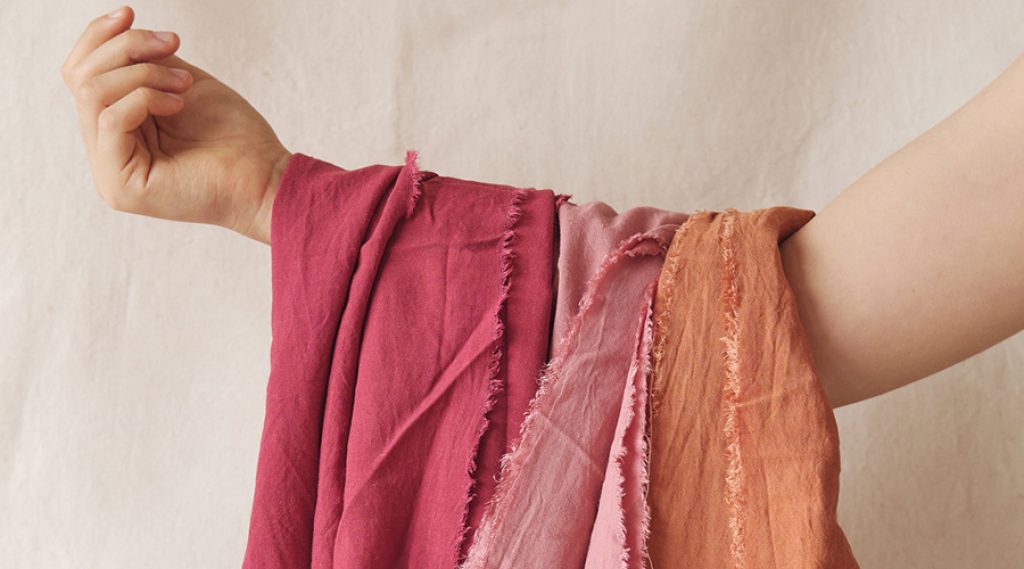
4. Chambray
This textile acts like cotton but can give you a unique style of denim. But unlike denim, Chambray is lightweight. What makes this textile breathable is its high thread count. It can be quite absorbent, so you’ll feel comfy when you wear it.
Adding up to these positives is its low maintenance feature. The main downside of this fabric is that it will wrinkle a lot. Also, it’s not as durable as denim.
Chambray might be your lifesaver when you want to wear denim but don’t want to suffer the tight, uncomfortable feeling typical with denim.
5. Silk
It’s not surprising that silk has made it to our list. One of the reasons that silk is so expensive is its breathability. Its lightweight material will certainly keep you cool.
Besides having a luxurious feel, silk has incredible moisture-resistance. That is why silk is widely popular with undergarments and intimate wear. It pays to be comfortable down there.
The main drawback with silk is that it’s probably one of the most sensitive textiles there is. It requires meticulous care when washing. That’s why Rayon became popular. It’s luxurious, like silk, but not as sensitive.
6. Wool
Wool is a moisture-wicking, breathable fabric. It’s an excellent fabric to use for layering in cold environments. It allows sweat to evaporate fast. This feature makes it less heavy and more comfortable to wear than other fabrics.
Wool is great for both warm and cold weather. It works well as workout apparel, especially on cold days. It doesn’t absorb sweat; it prevents you from getting that post-workout chill. This fabric is also anti-odor, keeping you odor-free after that long workout.
Wool fabrics will also keep you cool on warm days. These fabrics are twice as cool to touch as synthetic materials.
7. Micro Modal / Modal
Micro-modal is famous for its softness. This textile deserves a highlight by beating the absorbency rate of Cotton by 50%. This fabric is also stretchy, making it an ideal material for t-shirts and workout apparel.
Modal also feels soft to touch, which is why you’d see this fabric used on bed sheets and sleepwear. You’d also find most Micro modals on feminine undergarments.
This fabric’s main drawback is that it is not as durable as other fabrics on this list. It’s also notorious for overstretching and has low shape retention.
8. Bamboo
Bamboo is a well-loved textile for its insulating capabilities and anti-microbial properties. It’s highly absorbent and does a good job keeping you dry. It’s also powerfully insulating, making it an ideal wear for cold days.
It’s not only for warm weather conditions but for everyday wear. Bamboo is super soft and breathable.
Finally, there is no need to worry about romantic cuddles and close contact with these fabrics’ odor-resistant properties.
You’ll find bamboo textile generally used in bedroom and bathroom linens. Because of its softness, durability, and breathability, this fabric is ideal for bed linens, towels, and sleepwear.
9. Polyester
Polyester is made of plastic and does not absorb sweat. But it has excellent breathability and moisture-wicking capabilities. It pulls moisture away from the skin and makes it easier for perspiration to evaporate.
To improve polyester breathability, most manufacturers blend it with cotton or other types of fabric. A popular blend is known as polycotton. Polycotton is impressive in terms of durability and strength. It’s also much more breathable than 100% polyester.
One main drawback of Polyester is that it doesn’t have antimicrobial properties, so when sweat clings to your skin, it’ll leave odor and bacteria.
Non-Breathable Fabrics
1. Lycra
Nothing beats the stretchiness or lycra or spandex. But, unfortunately, it’s not the best fabric when it comes to breathability.
Lycra traps don’t allow sweat to leave the skin, which can make you feel hot. The material will also trap all the moisture inside. Imagine how clammy that would feel.
Don’t even talk about a nylon-spandex blend. You’ll understand how bread feels when you leave it in the oven.
2. Satin
Satin will doom you to discomfort during a hot summer day. There are blends of satin that are more breathable than others. This is mainly because satin is made from many different materials.
Thus, satin typically takes on the characteristics of the fibers used inside the blend and the weave used. In most cases, satin is made with a tight weave and a blend of multiple fibers. This both limit the breathability of satin.
Expensive satin that only use a few fibers is more breathable but it’s not the standard. Overall stain is a much less breathable option than many other fabrics such as cotton.
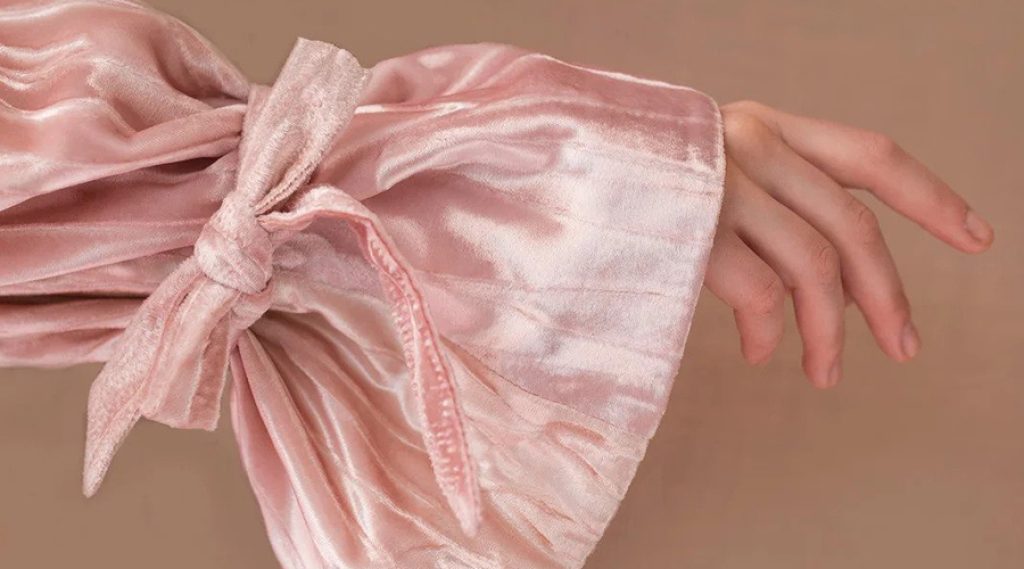
3. Corduroy
As much as we love the dapper look of brown corduroy, this fabric is not breathable.
It’s a material that will cling to your skin along with all the sweat. If you want to showcase an earth tone, opt for a twill textile.
3. Corduroy
Not all wool fabrics are breathable. When I say that a blend of cotton is a wrong decision for a summer outfit, this is one of those.
It may give you a soft feel, but you’ll be covered in sweat inside a flannel.
Which Breathable Fabric Is Environmentally Friendly?
Want to wear comfortable, breathable clothes and save the environment at the same time?
You’re not alone. Today, countless clothing manufacturers are making an effort to provide their consumers affordable, comfortable, yet environmentally friendly apparel.
Here are some of our favorite fabrics for that:
1. Organic-Linen
Flax plants used in making organic linen consume less water than cotton. Linen is also biodegradable when not treated with a dye bath.
There’s high demand and supply of flax plants because it’s renewable.
2. Wool
Wool is a moisture-wicking, breathable fabric. It’s also a sustainable fiber. Because wool is obtained from sheep and other animals, it’s biodegradable.
When you dispose of your wool clothing, it will naturally decompose in soil within a relatively short period. This fiber also requires less washing, making it have an even lower impact on the environment.
3. Bamboo
Bamboo is a beautiful textile in terms of breathability, softness, insulation, and anti-microbial properties. But they are also environmentally friendly.
Compared to cotton, Bamboo requires less water to grow. They also need no fertilizer and can regenerate from their roots.
In general, Bamboo requires fewer natural resources and labor than most textile.
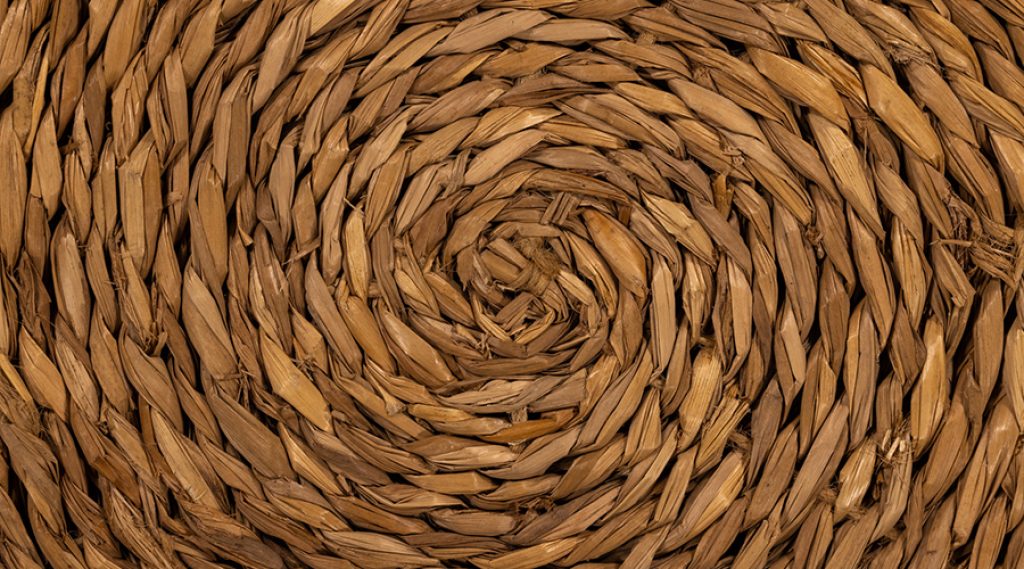
4. Organic Or Recycled Cotton
Making cotton takes away a ton of resources. It needs plenty of water. Cotton also necessitates pesticides and intensive labor.
So, choosing clothing from recycled cotton can have a tremendous impact on conserving resources and saving our green planet.
I, myself, have a ton of these in my closet.
5. Hemp
Hemp is a breathable fabric that doesn’t hold moisture. It is produced sustainably using plants. It requires less water than cotton and still provides similar softness. It’s also biodegradable and anti-bacterial.
Although hemp is breathable it’s also heavier. For this reason it’s best to avoid hemp for high activity activities.
What Are Breathable Waterproof Fabrics?
Your breathable garments aren’t just for the summer seasons. It would be best if you also considered having a waterproof breathable garment. Breathable waterproof fabrics have a protective coating applied to the surface.
The surface is typically Polyurethane, which prevents fabrics from absorbing water. The water will, in turn, hit the surface and fall off.
Breathable fabrics typically need to be tightly woven, or else the water will fall through the holes in the wave. For example, a loose knit wool sweater can’t be waterproof by applying Polyurethane.
Breathable Fabric That Make Odor Worse
Natural fibers can eliminate odors better than synthetic fibers. While synthetic fibers such as polyester are breathable and keep you dry for long periods, they don’t expel odor very well.
On the other hand, natural fibers may not be as effective at removing moisture, but they are more effective at removing odors.
If you have body odor issues, using a natural fabric or blended fabrics will perform better than synthetic fibers.
Conclusion
There’s no need to let your clothes stop you from experiencing life. Whether you’re a workout addict, outdoor fanatic, or live in a warm area, there’s an entirely breathable fabric out there for you.
For my active friends, I know how critical it is for us to find a chic but breathable fabric. Say this with me, “No more hiding my underarms.” Wear that confidence up your sleeves. You deserve to be sensational on sweet summer days too!


